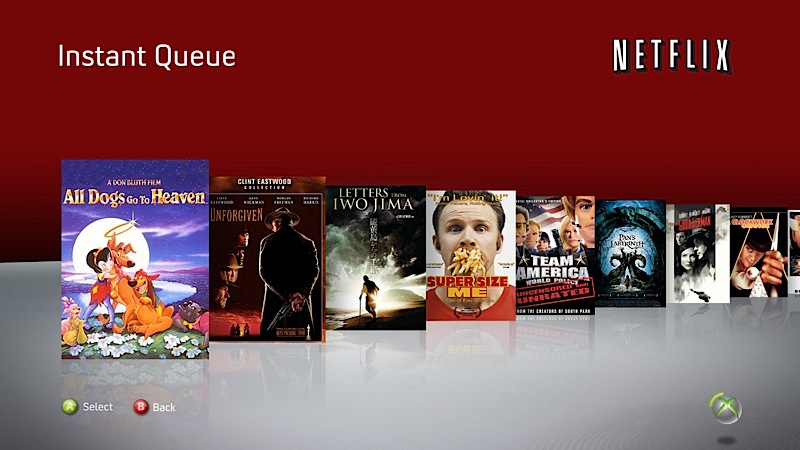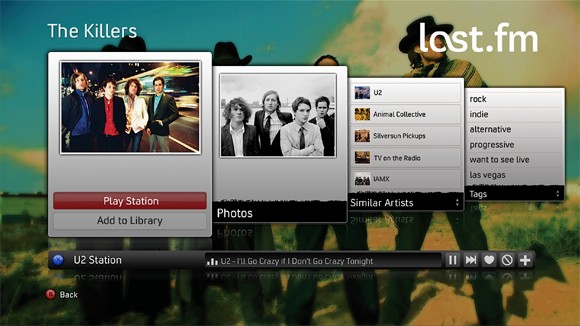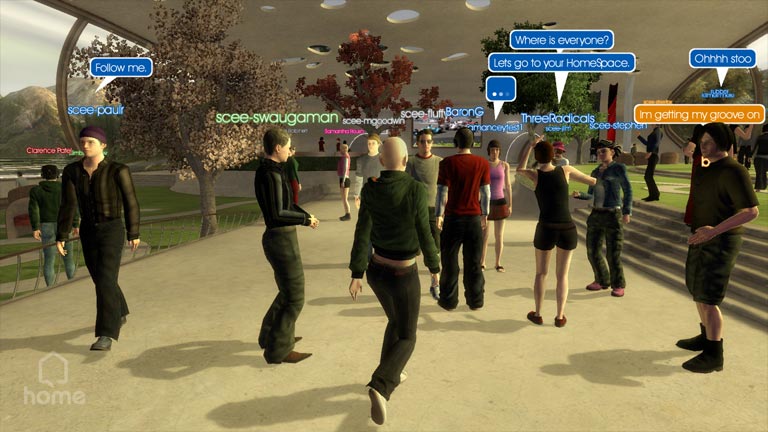The past few years have seen a variety of social networks increasing in popularity, usually engaging the same extremely valuable 18-34 year old demographic video games are going after.
Now the convergence between video games and social networks is upon us. Here we take a look at a few social networks and where they fit into each console’s roadmap, and hopefully this will help you in identifying opportunities in this emerging market.

Facebook is the mother of all social networks (sorry, MySpace), with a quarter-billion users worldwide, so it’s no surprise everyone’s scrambling for a piece of the action.
Current State: The only current options users have deal with console browsers that are available on PS3, Nintendo Wii and Nintendo DS, and as with most websites, the experience given on these consoles is by no means ideal. Nintendo DSi just released their own Facebook integration complete with photo album options using the system’s cameras.
Future State: At this year’s E3, all three console manufacturers stated their intentions to make Facebook a priority development, but Microsoft was the only one to show the actual integration, live and working, through Xbox Live.
Marketing Potential: This opens up a great amount of possibilities with game makers and integrating their games with Facebook status updates and feed items. Publishers and marketers should very quickly get the details on the integrations offered between console and Facebook, as the first games out of the gate will be given much kudos and a rare chance at looking like a cutting edge first-mover.

The popular microblogging platform has seen astounding growth in the past couple of years, with almost 20 million registered users. The most important thing about Twitter is it’s arguably the hottest social platform right now (that all changes in several months, it always does), so it’s important to get ahead of this one.
Current State: Consoles don’t have any Twitter integrations except for the site being available through console browsers. A number of video game social networks, including Raptr and GamerDNA, integrate Twitter as well, but most video game publishers use Twitter to market current video game releases.
Future State: E3 2009 was as big for Twitter as it was for Facebook, with all three console makers announcing Twitter integration as part of future software updates. The only one to show it in action was again Microsoft, with an Xbox 360 integration that must have had those video game social networks quaking in their boots.
Marketing Potential: Twitter is as hot as they come right now, and we are just waiting for a smart publisher to take advantage of the microblogging platform from within their game. Imagine a game character tweeting from inside the virtual world, and that tweet then spawning other tweets and retweets. You’ll go mad by the incessant tweeting!
Netflix and Movies

Not quite a social network, but almost as important as one, the movie-delivery service has been making strides into digital distribution in some major ways.
Current State: Xbox 360 is the only platform to have Netflix streaming enabled for members. The catch is you need both an Xbox Live account and a Netflix account, and the selection is relatively small, but it’s still lightyears ahead of the other competitors.
Future State: Xbox 360 is continuing the push with an upcoming update that will allow users to queue up their favorite movies from the console (currently, you need to use the website) and watch movies at the same time with other members. Microsoft’s machine will also look to stream 1080p resolution movies later this year at a premium price.
As for Sony, they have a robust selection of rental and downloadable movies through the PlayStation Store, and it’s only a matter of time before the oft-rumored Netflix integration comes to pass. The PlayStation web browser also allows Hulu and other flash-enabled movie sites to load. And Nintendo? Well, it has YouTube.
Marketing Potential: With a number of video games turning into movies of their own (Halo, for example), video game marketers and publishers can look to creating short films and movies based on their IP, but also scheduling group showings through these consoles to further engage the fanbase.
Xbox Live

Xbox Live is home to almost 20 million paying customers (with membership averaging $50 per year), and can be considered the first-ever truly successful console-based social network.
Current State: Members can chat, play games and message each other, with much of the value from the Xbox Live membership coming in the form of competitive and cooperative gameplay.
Future State: Many rumors abound that the next Xbox 360 console won’t actually be a console, but instead a way to move gamers fully into the Xbox Live system. In the near term, expect the integrations mentioned earlier (plus Last.fm) to make Xbox a significant player in the future of social.
Marketing Potential: Xbox Live offers marketers and publishers a captive audience, fully dedicated to the system they’re on (it’s the only true social network that has millions of paying subscribers). Games like 1 vs. 100 are completely ad-supported and loop in the user and their avatar in ways we hadn’t seen before, giving corporate sponsors a lot of love in the process. 1 vs. 100 is just a hint of what’s to come (and the subject of next week’s exclusive [a]list feature).
PlayStation Home

PlayStation Home and PlayStation Network are free with every PS3 purchase, with no yearly fee attached to either. PlayStation Home tries to create a Second Life-style virtual world for gamers to explore, and is considered the centerpiece of Sony’s future social strategy.
Current State: PlayStation Home has been met with a mixed response, but anything that’s free for gamers can’t be al bad, right? Home has a variety of publisher-created spaces (including several from Sony and EA), each with mini games and items to win and use. Game integrations have been few, but when they happen, they show Home’s true potential in spurring game purchases (i.e. play this game and get a new game level playable in Home).
Future State: PlayStation Home recently concluded an ARG (Alternate Reality Game) called Xi, in which players were taken behind the scenes to the Home underground. Think of the Matrix, but without the cool action scenes. Marketers and publishers should take a look at the opportunities afforded them in creating these Home spaces, as you have the early adopter in full force right now, but we’d love to see more engaging ARGs take the place of the fairly static spaces Home currently sees.
And Nintendo Wii? Hopefully Nintendo will give us more to talk about this year.
As social networks continue to grow, Nintendo, Sony and Microsoft understand they have an increased stake in having the core of that social interaction happen on their box. As marketers and publishers, it is up to us to make sure these integrations aren’t just forfeited to the big three, but can instead be used to bolster the user experience for each of our games.

